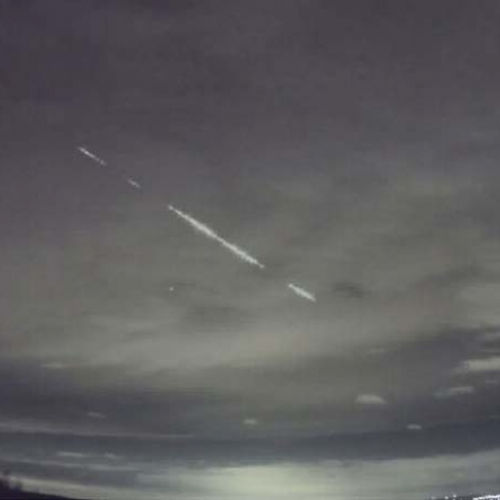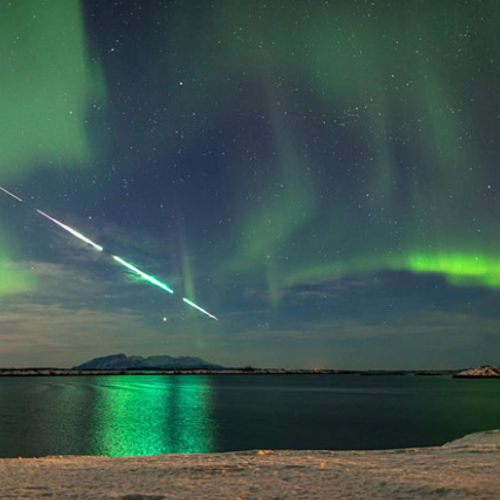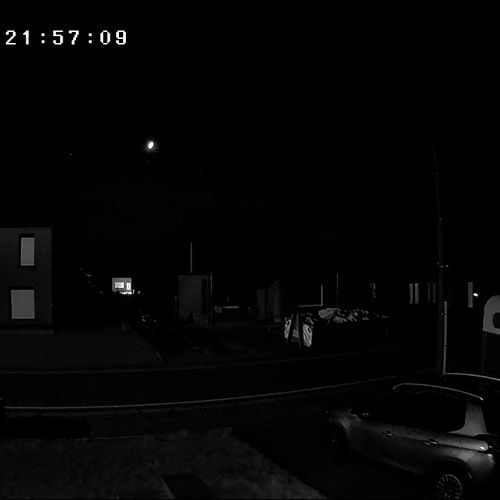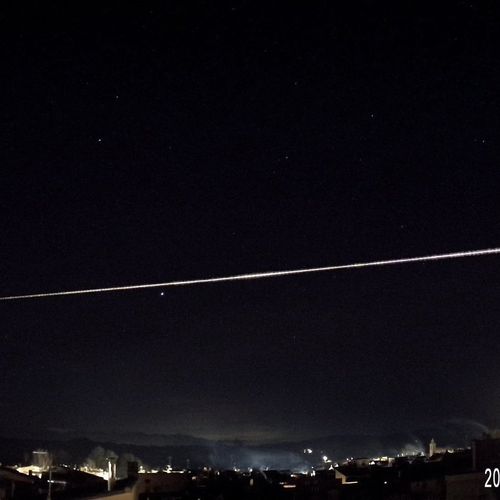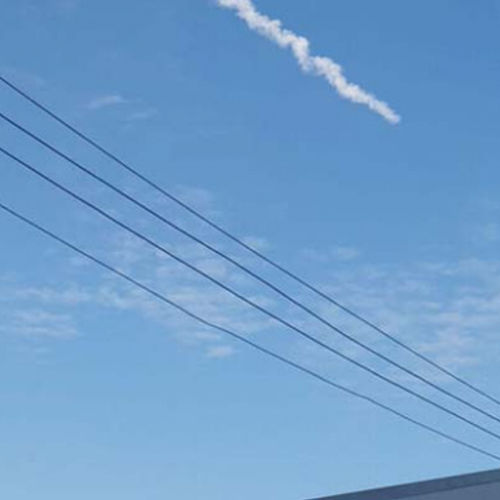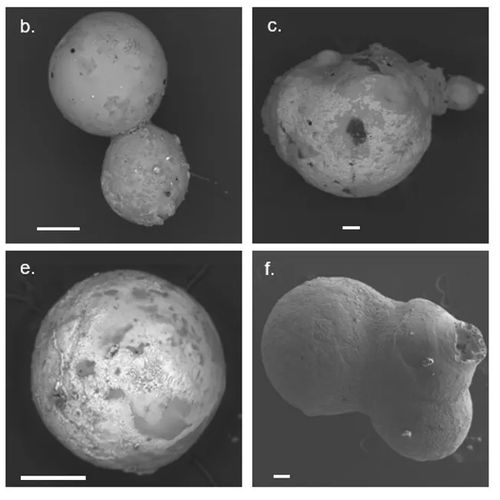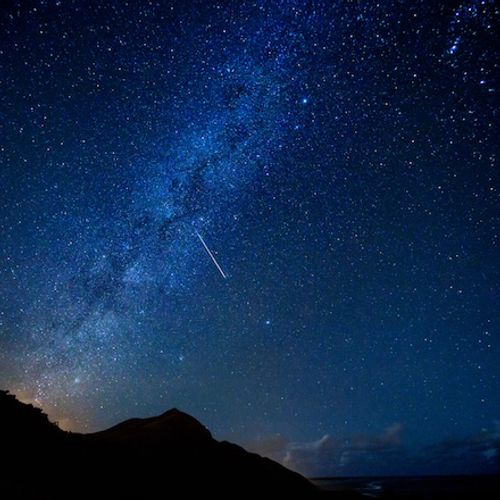
| Added | Fri, 17/11/2017 |
| Источники | |
| Дата публикации | Thu, 16/11/2017
|
| Версии |
Lovers of the observation of the starry sky are preparing for the annual spectacle — meteoric stream Leonids.
The conditions for the observations will be close to perfect during the climax of star rain late in the evening of 17 November and in the wee hours of November 18. The moon is in new phase, it means that it darkened the face will take a dim meteors. Under the clear dark skies away from urban lighting you will see 10-25 meteors per hour during the peak of the star rain.
As with other annual meteor showers, the Leonids appear when the Earth passes through the trail of particles left by a comet orbiting the Sun, in this case, comet Tempel — tuttle. This icy visitor from the Outer Solar system was discovered in 1865, and she was last seen close to Earth in 1998.
When the comet approaches the Sun, melting the ice and throws the dust particles, most of which are no bigger than grains of sand. Particles are collected in clumps and settle along the orbital path of the comet. Earth runs into a stream of these particles at approximately the same time each year. Some particles burn up in our atmosphere, and we see bright meteors.
The Leonids are very temperamental and are characterized by irregular bursts of intense activity. On rare occasions — every 33 years or so — the annual flow produces a full-fledged meteor storm with a speed of several hundred shooting stars per hour. During the last big storm in 2002, per hour, fell more than 3,000 meteors. But the roots of the mythical status of go Leonids in 1833, when the speed of the "falling stars" amounted to 72 thousand per hour.
Although predicting the intensity of a meteor shower is still in its infancy, past the bursts of intensity roughly coincided with the passage of the Earth through especially dense clouds of particles that the comet Tempel — tuttle left, as close to the Sun.
Current estimates indicate that the team will return to the Earth in 2031 and 2064, respectively. But astronomers believe that we may witness occasional weak bursts before, because sometimes our planet passes through unmapped traces of particles.
Although experts don't expect stellar lion porevet very loud this year, it's worth to devote a few November nights Leonidas. The Leonids got their name in honor of the constellation of Leo, where, as it seems they are falling. This time of year, the constellation rises above the northeast horizon late in the evening.
The best types are expected in the wee hours late in the night of November 17 and the next morning when the Leo constellation rises to the highest point in the sky.
Translated by «Yandex.Translator»
© J'nel | shutterstock
Translated by «Yandex.Translator»
Новости со схожими версиями
Log in or register to post comments

